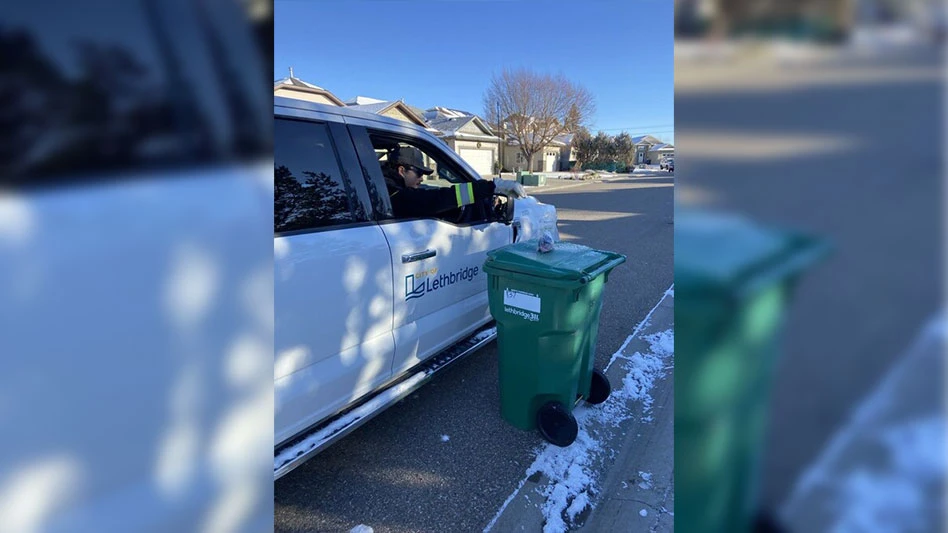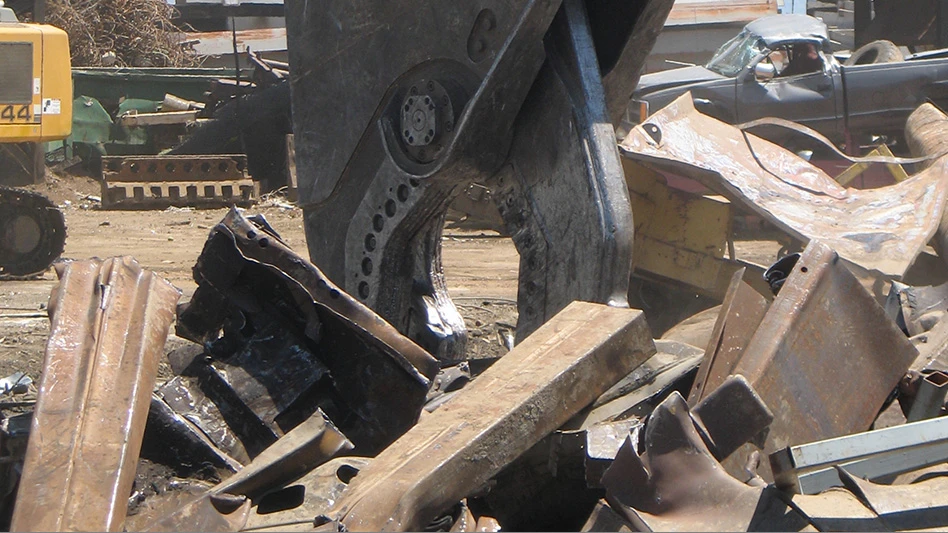
Photo courtesy of the Port of Los Angeles
Recyclers who export secondary commodities from the United States via container ships could face new hurdles tied to the trade war rhetoric and tariff policies of President Donald Trump.
John Mauldin of Florida-based investment information services firm Mauldin Economics, in a late April email to customers, writes in part, “If you’re watching the shipping lanes, you know we’re already in something. We’re in the early stage of a tariff-driven recession, and the system is already adjusting in real time. And maybe we’re in one, and it’s not confirmed yet.”
Mauldin says observable symptoms of trade disorder include container bookings from China to the U.S. that have slumped by up to 60 percent and American trucking volumes that are "collapsing toward COVID-era lows.”
The sudden disruption of supply chains caused by COVID-19 and resulting restrictions in 2020 and 2021 offer unpleasant memories for recycling firms that export or otherwise ship materials long distances.
Recycling firms could need to gear up for similar volatility in container shipping and trucking freight rates as well as questions surrounding container availability.
Mauldin cites a social media post from Liz Ann Sonders, chief investment strategist at Schwab and a speaker at his late April 2025 Strategic Investment Conference, that shows a chart with the accompanying text adding that the number of container ships departing China for the U.S. has declined sharply, and used vessel capacity has dropped more steeply than total capacity, indicating rising empty space and softening U.S. import demand.
In a report posted last week, Freight Waves also says the Port of Los Angeles is experiencing “a significant downturn in container volumes.”
“This decline is expected to have far-reaching consequences for the trucking industry, particularly for carriers that have traditionally relied on Southern California for steady business," the report says.
While fewer containers are flowing in from China, recyclers seeking the 20- and 40-foot containers could be helped by a boost in container ships arriving from Vietnam.
Greek business media outlet Hellenic Shipping News quotes Peter Sand, chief analyst at Norway-based logistics online platform Xeneta, as saying, “Falling demand out of China has coincided with shippers rushing imports out of Vietnam, which is subject to a 90-day pause on ‘reciprocal’ tariffs.
“Seeing the relationship between these two trades turn on its head is an early indication of the potential for tariffs to shift global trade on its axis.”
Xeneta indicates container rates from Vietnam to the U.S. West Coast are now about $200 higher compared with those leaving Chinese ports, though it is unclear how backhaul rates for recyclers shipping from the U.S. could change as a result.
Recyclers that send containers for overseas shipment through the ports of Los Angeles and Long Beach also could find their trucking arrangements more difficult to make, Freight Waves warns.
“Trucking companies that have long depended on the Port of Los Angeles as a reliable source of freight must prepare for a period of uncertainty and potential hardship,” the report says. “As volumes dry up in Southern California, the ability to adapt quickly to changing market conditions may well determine which carriers weather this storm and which are left by the wayside.
“As shipping lines adjust their capacity and routing strategies, and ports and logistics providers face reduced activity, the entire supply chain ecosystem could experience significant disruptions.”
Latest from Recycling Today
- Phoenix Technologies closes Ohio rPET facility
- EPA selects 2 governments in Pennsylvania to receive recycling, waste grants
- NWRA Florida Chapter announces 2025 Legislative Champion Awards
- Goldman Sachs Research: Copper prices to decline in 2026
- Tomra opens London RVM showroom
- Ball Corp. makes European investment
- Harbor Logistics adds business development executive
- Emerald Packaging replaces more than 1M pounds of virgin plastic





